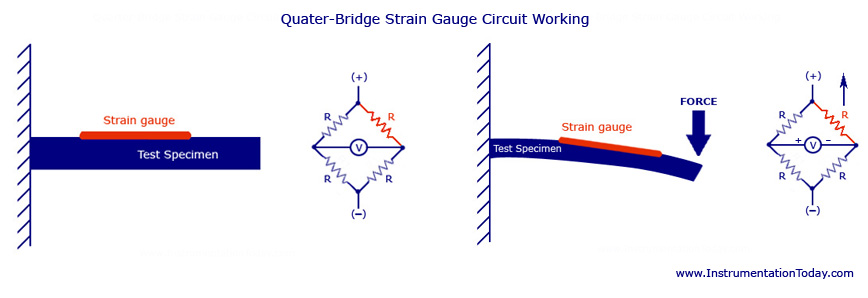I want to count human presence in a room through vibration sensing of concrete floor. For this I want an accelerometer with low frequency detection capability. I have used ADXL-345 which is not much sensitive for floor vibration sensing. Also piezo (see figure) sensors are not much sensitive.
-
1$\begingroup$ Do want to count or detect human presence? Can you also attach the figure? Can also describe the floor, wood floor, or concrete or some other type of floor. Can you also tell us what you have done with the ADXL345 accelerometer $\endgroup$– Mahendra GunawardenaCommented Nov 3, 2019 at 12:07
-
1$\begingroup$ You can't sense something that doesn't exist. If the floor is rigid it won't move. Even if it is not rigid the movement will be local to where the person is standing. A PIR detector is more likely to work IMO. $\endgroup$– alephzeroCommented Nov 3, 2019 at 12:29
-
$\begingroup$ @MahendraGunawardena I want to count human presence. figure attached. Concrete floor. ADXL345 z- axis(vertical to floor)value changes when someone hits the floor very close to sensor but otherwise no change. $\endgroup$– Masfiqur RahamanCommented Nov 3, 2019 at 14:21
-
$\begingroup$ Could you use a microphone? $\endgroup$– Jonathan R SwiftCommented Nov 3, 2019 at 16:13
-
$\begingroup$ I suggest you update the body of the question to indicate the floor is concrete. $\endgroup$– Mahendra GunawardenaCommented Nov 3, 2019 at 17:38
3 Answers
As suggested in the comments PIR detector, ultrasonic sensor or micro phones are alternate to detect the motion or humans in floor. Accelerometer or piezo transducer might be the better option to detect human presence through vibration.
Additional I will also take look at stain gauge or pressure sensors. The once that I am thinking might need to be connected at a pivot point. I am not sure how this will work on a concert floor.
Based on working on similar problems having a good mechanical coupling is essential to get accurate and strong signal from the sensors.
It appears that you are using hot glue to attach the ADXL 345 sensor module to the floor. My experience working with hot glue, is that hot glue tends to absorb some to the vibration. It is important to get a good mechanical coupling between the sensing element and the concrete floor. I would try to use Cyanoacrylates (super glue) to attach the ADXL 345 sensor module to the concrete floor to get a good mechanical coupling.
Note: If you use Cyanoacrylates to obtain a good mechanical coupling you will not be able to remove the ADXL 345 sensor module from the floor without destroying the ADXL 345 sensor module.
References:
-
$\begingroup$ The title and body of the questions suggests that the OP is searching for some specific sensors rather the way he can install it. At least that's what I get, I might have mistaken. $\endgroup$– user14407Commented Nov 3, 2019 at 19:20
-
$\begingroup$ As mentioned in the comment and some that have been deleted OP was also looking figure out how to get his design working. Thus the response which I cannot detail out in the comments section. $\endgroup$ Commented Nov 3, 2019 at 22:29
Before you start trying to design the electronics, find out the range of what you are actually trying to measure.
As an order of magnitude, consider a very rough analysis of a 2 meter square concrete slab, 25mm thick and supported only at the edges, loaded with a 200Kg mass applied in a small area in the center.
The vertical deflection of the slab was about 0.005mm.
Of course a real concrete floor is going to be better supported than that simple model, so the deflections will be less. Also the model ignored any reinforcing bars in the concrete, which will also reduce the flexibility of the floor.
Good luck trying to measure any deformation or acceleration with an amplitude of the order of micrometers, in the uncontrolled environment of a building. IMO the only option that might work would be something like a laser doppler vibrometer mounted on the ceiling - so long as you don't care about blinding the people in the room.
There are other ways of detecting humans, of course. The fact that they continuously emit a few hundred watts of heat would be pretty good place to start from when designing your system.
The vibration of floors can be in the order of millimeters, depending on the dynamic properties of the slab. Vibration of modern large span slabs especially with shallow depth thanks to prestressed hi tensile strength bars under pedestrian steps is noticable. Dynamic impact of a person's step can be many times larger than their static weight.
The most basic way is to cast a laser beam in small tangential angle onto a tray of water from 5 cm and video the vibration of the Ray bouncing of the surface of the turbulenced tray onto a surface distanced 500 cm so you get 100x magnifying power.


